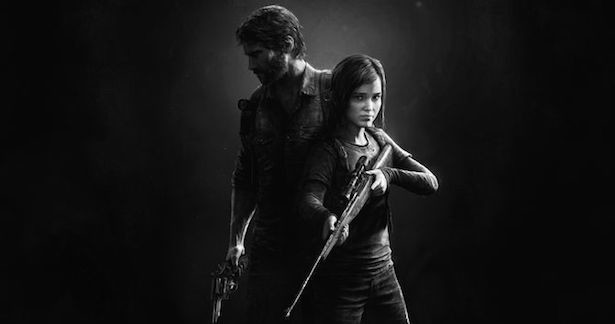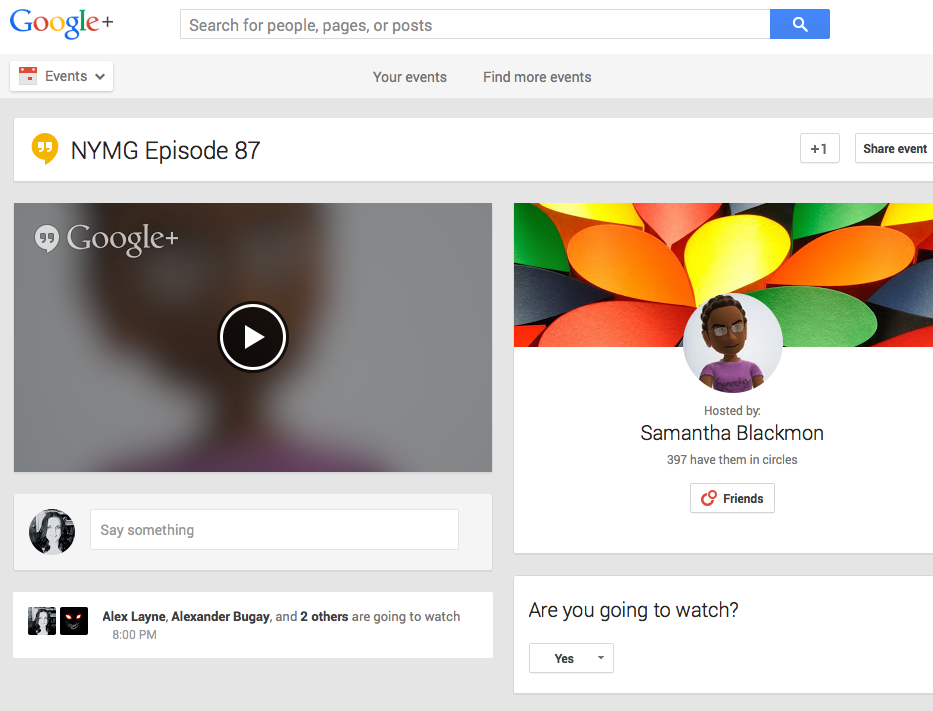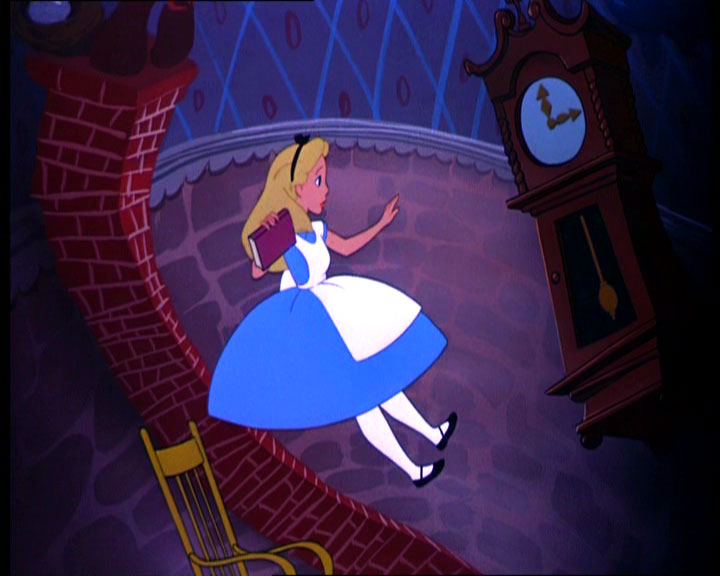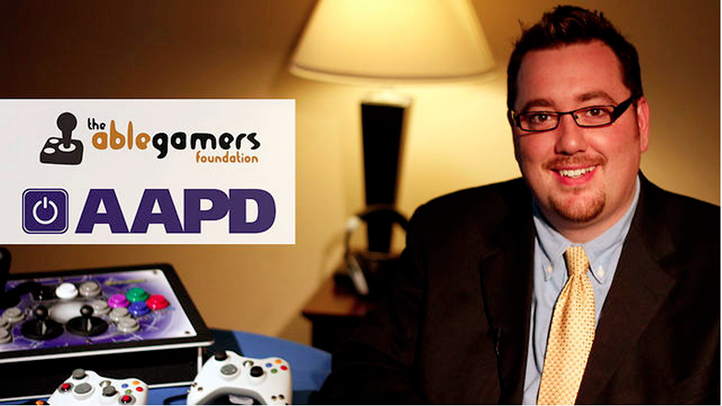I’ve been watching a lot of Mortal Kombat this week. Watching, because I never really played fighting games, growing up (I’ve always been more of an RPG kind of girl), and because I have a mild aversion to my boyfriend’s XBox (because it’s an XBox. Not because it’s his…I prefer my PS). It became something of a nighttime routine. We’d read. He’d do work while I programmed. And then he’d beat the hell out of people while I built a mountain fortress via Minecraft.
Still, for all that I was pretty invested in that fortress, I kept finding myself drawn to the TV. Maybe it was the swearing coming from the other end of the couch, or the fascinating morbidity of the fatalities as they flashed across the screen, but I just couldn’t look away.
Fighting games, of course, have their own special niche in the realm of the ridiculous and exaggerated, and Mortal Kombat is no exception (Mortal Kombat vs. DC, first, followed quickly by MK 2011). The female fighters shrieked on screen, with their gymnastics defying gravity almost as much as their costumes. Characters with only slivers of health left to their name pulverized their opponents with unwavering ferocity. And, when the DC game was ditched for the much more graphic 2011 version, bones snapped and crackled and popped better than any bowl of Rice Krispies. Some of it was eye-roll worthy. Some of it was hilarious. But I kept coming back to Jax.
In vs. DC, Jax (the sole black male MK character) was huge….and in a game where exaggeration is the key to character anatomy, that’s saying something. He’s only human (albeit with cyborg modifications), yet the only other characters of his size were the monsters. His proportions were more normal (on par with the other human men) in the MK 2011, but the image lingered.
There’s an unfortunate trend in media of portraying black characters (particularly male ones) as less-than-human. Large and often quiet or less educated than their fellow characters, black characters can be trapped in a stereotype that quietly perpetuates racist undertones of black as less-than.
Jump back to 1997 when Square released Final Fantasy VII (because I always go back to FFVII if I can help it). FFVII was a progressive game in many ways, not the least of which was the inclusion of Barret Wallace, the first playable black character in the FF series. FFVII did a lot of things right. Barret is a single dad, an environmentalist, and easily one of the most empathetic characters in the bunch. We see him play with his daughter, defend verbally abused women, and mourn the loss of friends and family. But he’s also a criminal, verbally coarse and uneducated, and easily twice the size of the other player characters…despite the fact that he’s one of the least physical. With his gun-arm, Barret’s strength is his ability to hit enemies from the back of the party, but he dwarfs everyone else. He’s visibly the most threatening.
And these aren’t lone occurrences. Balrog, in Street Fighter, Dragon Age: Origin‘s “ambiguously brown” Sten, the Demoman in Team Fortress 2, and The Legend of Zelda‘s Ganondorf are just a few characters who play into this stereotype. Zasalamel in Soulcalibur IV even makes Jax look tiny and fights with a scythe. Even wearing white, the parallels to death and monsters are painfully clear.
Games are oftentimes highly unreal portrayals of the world. To demand realism in all things would be to steal the spirit out of games and stories and, really, anything based in imagination and inspiration. But trends in exaggeration can pass on messages we don’t intend and don’t realize, and the trend of immensity and “Otherness” of these black characters seems to say a lot. There’s a lot of good here. Many of these characters are strong and capable and, in the case of Jax and Barrett, honorable. In many ways, they break more stereotypes than they perpetuate. But there are implications when a character is two or three times the size of his or her companions. Whether it’s animalism, slowness of thought, obesity, or monstrosity, that “Otherness” makes characters unsettling. Uncanny.
Uniqueness can be a positive. Heroes and villains are marked by their Otherness…their special qualities. It’s what draws us in as viewers and readers and players. But when it comes to the depiction of those who are already Othered by the “real” world, caricatures walk a thin and dangerous line.




